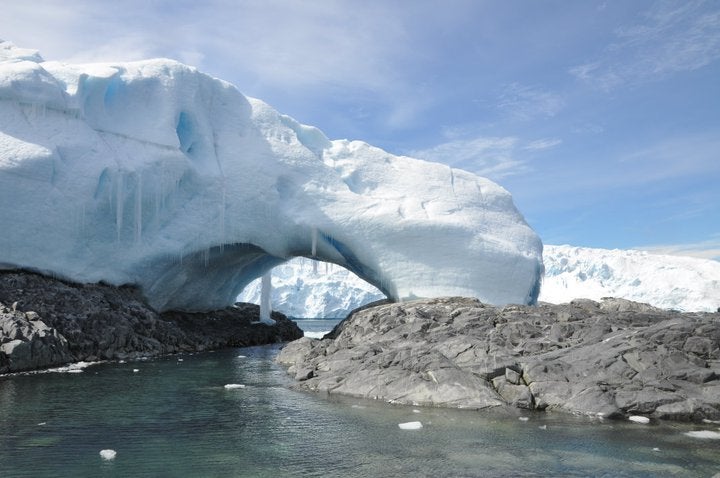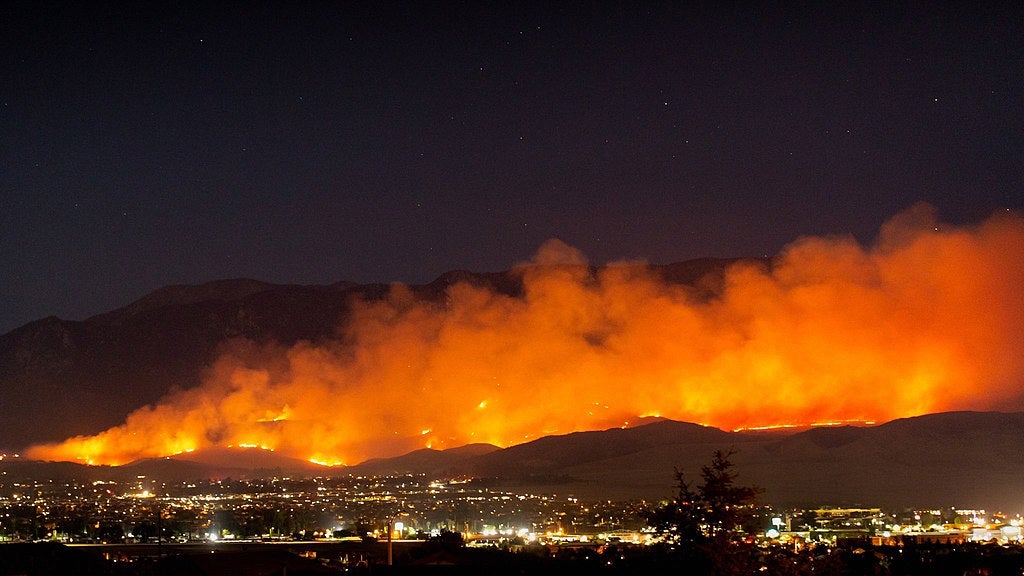This blog was authored by Alice Alpert, Senior Climate Scientist at EDF.

Evening silhouette of oilfield pipeline. Source: Getty Images
Meaningful methane emission reductions are not only possible—such efforts can potentially have a massive impact on warming.
Readily available methods to reduce methane can deliver a whopping 0.25°C of avoided temperature rise by 2050. This year the Intergovernmental Panel on Climate Change (IPCC) stated that reductions of methane emissions would also lower peak warming and reduce the likelihood of overshooting the warming levels described in the Paris Agreement. In pathways limiting warming to 1.5°C, methane is reduced by around 33% in 2030 and 50% in 2050. But not all countries define methane targets or even include methane in their Nationally Determined Commitments (NDCs).
The Global Stocktake process, also called the Paris Agreement’s ambition “ratchet,” allows countries to assess collective progress toward the Paris Agreement’s long-term goals on mitigation, adaptation, and finance. A successful stocktake will help countries implement their existing climate commitments and provide the impetus and information necessary for them to raise the ambition of their next NDCs. EDF is collaborating on an extensive project with C2ES to help shape the Global Stocktake process by highlighting opportunities to scale up climate ambition.
As work in the Global Stocktake continues toward its conclusion at next year’s COP28, it’s important for all NDCs to include methane-specific targets, and policies and strategies to achieve those targets. Read More »












